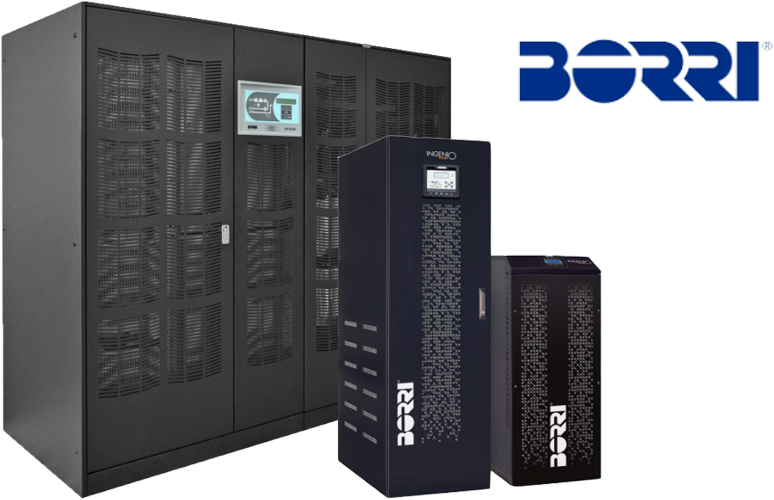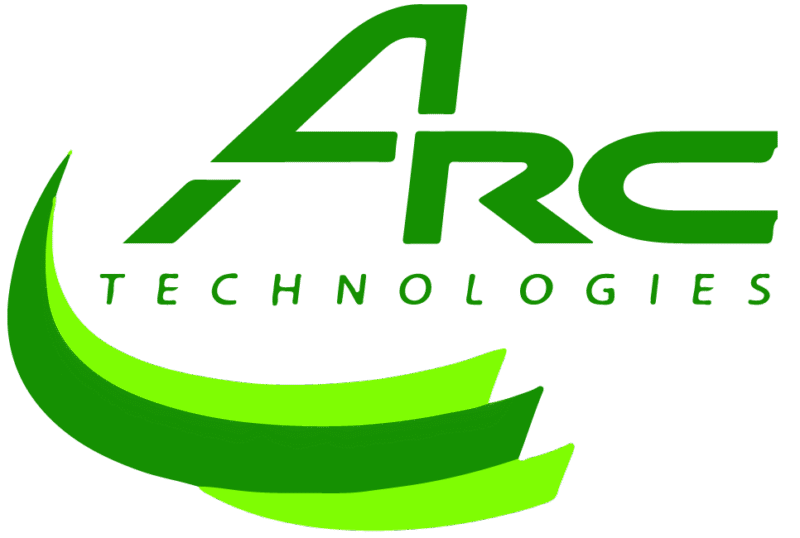Use a Three Phase UPS for high-power industrial or commercial loads requiring balanced power distribution, stability, and greater energy efficiency.

The Difference Between Single Phase & Three Phase UPS
Introduction 3 phase ups vs single phase
A three-phase (3-phase) UPS can provide more electrical power than a single-phase (1-phase) supply since it utilizes all three phases generated by the grid. Three-phase UPS systems are commonly utilized in industrial and commercial settings, whereas single-phase UPS systems are used for residential appliances or equipment that requires less power.

Single-Phase (1-Phase) UPS Overview
Single-phase UPSs have a single input and output source for electrical equipment. With just one sine wave voltage, the circuit can be completed with only two wires: one conductor and one neutral.
Single-phase uninterruptible power supply, which typically covers requirements up to 20 kVA, is used for smaller installations such as rack-mounted servers, telephony or computer systems, network switches, and any equipment that operates directly from a conventional three-pin connection.
Three-Phase (3-Phase) UPS Overview
Three-phase UPS delivers continuous power to the load by using three independent wires that produce three sinewaves, each out of phase and spaced 120° apart. This means that a three-phase system requires at least four wires (three conductors and one neutral), allowing it to support either a single-phase or three-phase output.
Three-phase UPSs are the typical option for bigger installations with critical loads such as data centres, industrial applications, and medical environments, as well as protecting equipment with motors such as elevators, pumps, and fans.
Key Differences Between Single-Phase And Three-Phase UPS?
With three times the power of a single-phase Uninterruptible Power Supply (UPS), a three-phase UPS is the most efficient way to transmit power to data centres or industrial applications with load levels of more than 10-20 kW. With its enhanced load-balancing capabilities, a 3-phase UPS helps to maximize the use of available building power by distributing the load evenly across all three AC phases.
For greater power capacity, three-phase electrical generation and delivery is the most frequent. Compared to single-phase distribution, three-phase power distribution employs fewer wires with lower electrical losses to supply the same amount of electricity.
Conclusion
Choosing between a single-phase and a three-phase UPS depends on the power requirements of your application. Single-phase UPS systems are suitable for smaller setups such as office equipment, servers, and network devices, while three-phase UPS systems are designed for larger, mission-critical environments like data centers, hospitals, and industrial facilities.
As a partner of Bori, we also offer panel builder services. Contact us and we’ll help you choose the right solution for you.
FAQs
+
-
What is the main difference between single-phase and three-phase UPS?
Single-phase UPS suits smaller loads like servers and office equipment, while three-phase UPS handles larger, critical loads in data centers, hospitals, and industrial sites.
+
-
When should I choose a three-phase UPS?
A three-phase UPS is ideal if your application requires more than 10–20 kW of power, load balancing, and reliable protection for mission-critical operations.
+
-
When should I use a Three Phase UPS instead of a Single Phase one?
+
-
What load capacity does each type support?
Single Phase UPS supports lower loads up to about 20 kVA, while Three Phase UPS handles higher capacities exceeding 20 kVA efficiently.
+
-
Is there a difference in efficiency between both systems?
Yes, there is. Three Phase UPS systems are typically more efficient and stable, especially for heavy loads, while Single Phase suits smaller applications.


 العربية
العربية

